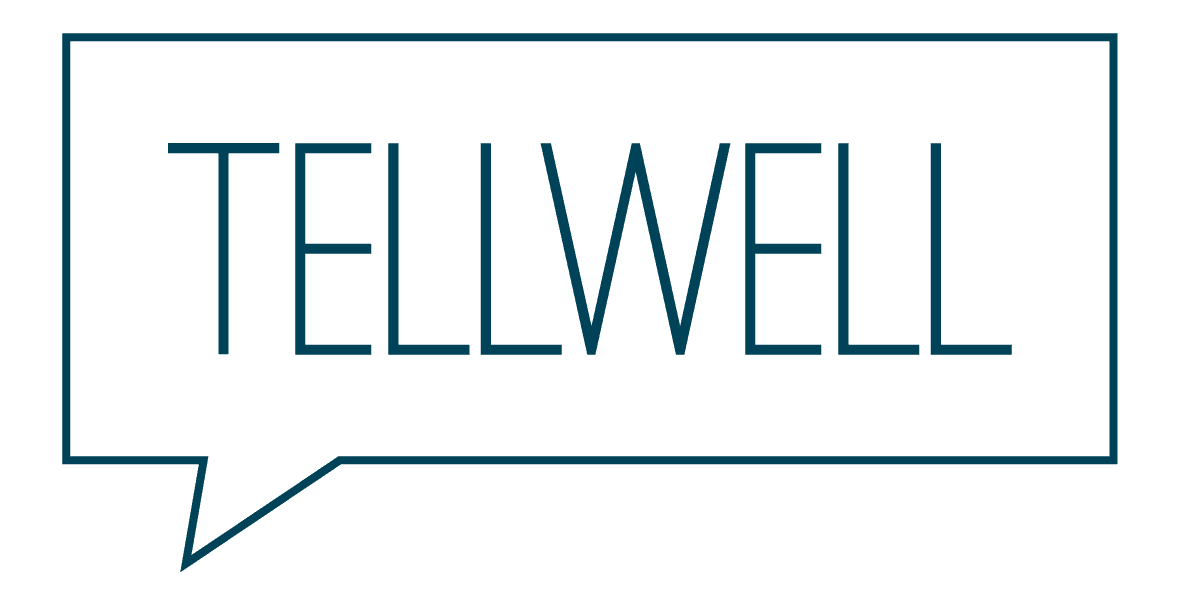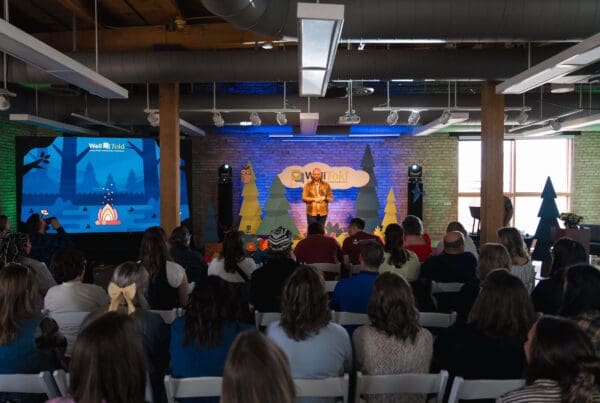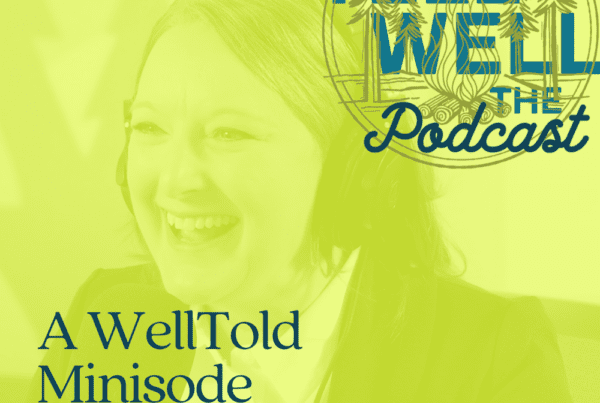If you’ve spent time on a film shoot you’ve probably heard the phrase “we’ll fix it in post” more than a few times. The idea that we let the editors work their magic and whatever we screwed up-or just downright missed-won’t matter. Having spent time on both ends of the video production process, we’ve learned a thing or two about what to do, and more importantly, what not to do, to set your shoot up for success. In this blog I’ll be sharing some helpful tips and tricks to Fix It In Pre.
2. Pre-Interviews
A large part of our work at Tellwell is creating documentary-style impact films. The majority of these are interview-based stories featuring customers or employees of our clients. We get to spend time capturing an interview, cinematic b-roll, and everyday life with our subject.
Don’t wait till shoot day to talk to your interview subject.
“When taking on a film project with Craftwell, we spent 2 hours chatting with Chris and Mike before we ever began shooting. This let us prepare them for our interview approach, get comfortable talking with Katie in an interview setting, and it gave us context to choose our filming locations.”
One of the most beneficial things you can do before your shoot day is a pre-interview. This can take the form of a phone call, or our preference, a video call. This will give your team an opportunity to get the easy questions out of the way and gather background on your subject. Here’s what this will do for you:
- Build a relationship with your talent – This allows your interviewee to feel more comfortable on set, which will remove more of the “ums” and “ahs” and stumbles that your editors will have to cut around.
- Provide your director and cinematographer with ideas that can inform your shot list and schedule – There’s nothing worse than being on set and having to say “we don’t have time for that” or being in the editors chair and looking for b-roll that matches the storyline and there’s nothing there.
- Inform specific comments or “lines” you want to include in your film – this will give your team the opportunity to have the interview subject recite a phrase or call to action on camera, saving your post-production team from having to manufacturer it through the editing process
1. Location, Location, Location
One of the most useful things a filmmaker or video producer can do before a film shoot is to learn about their locations. The locations we film in can have large effects on the equipment we bring, the time we need on set, and even the size of the crew we might have. In a perfect world you will always get a location scout – an opportunity for the client, the director, and the cinematographer to walk through the space, take photos, and start to map out lighting and camera set ups, greatly improving the speed of our shoots.
“For this project with NDSU Center for Immunization Research and Education, we didn’t have the budget to scout a location in Medora, But, we used google street view and photos Pastor Dawn took to be prepared for the interior shots at the church, and have a clear shotlist for the exteriors.”
You might be thinking “But Duncan, we don’t have the budget or the ability to get to the location before we shoot.” Well, lucky for you, we all walk around with powerful cameras in our pockets, or you can ask the client or building manager of the location to snap some photos! This isn’t ideal, but will still be much better than walking into a location blind.
3. The Three S's - Shooting Script, Storyboard, Shotlist
The Three S’ are a key component to our production planning at Tellwell.
- Shooting Script – A clear and thorough shooting script can help ensure your team gets the right coverage for your editors, it should also ensure your team has scheduled the right talent, props, and locations for a given scene
- Storyboard – One of the most important things on set is that your director and cinematographer are on the same page. If both parties (and their teams) have a shared understanding of the action, blocking, and camera angles, your production should go smoothly and on schedule.
- Shot List – For a cinematographer, the shotlist is the most important thing you can do to be fully prepared for a shoot. It will dictate the time you need to spend in each location or scene, help clarify lens and support choices for various shots, and make sure your camera team is in sync. But what you might not think about – it’s critical for your editor. Editors want coverage, they want to be able to pick and choose from different takes and angles of a scene. If you provide your post team with extensive coverage, they will be able to take your beautiful images captured on set and make them into a fantastic storyline.
“With this Kenyon Noble commercial we only had 4 hours to film everything we needed across three different locations. By having a clear shotlist and storyboard, we were able to get all the footage we needed while staying within a very tight schedule. Also, who doesn’t love hanging out with a dog on set?”
Need Support?
These strategies are some of the best ways to set your film project up for success. Seem like too much to tackle on your own? No worries – Tellwell has the team and systems in place to guide your team through the video production process. Set up a discovery meeting using the form below! We can’t wait to create something special with you.



